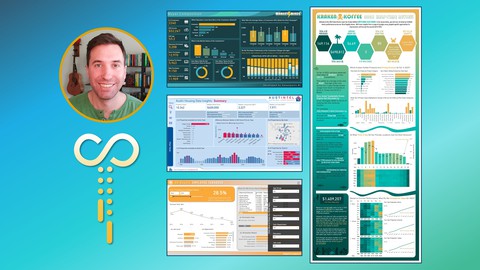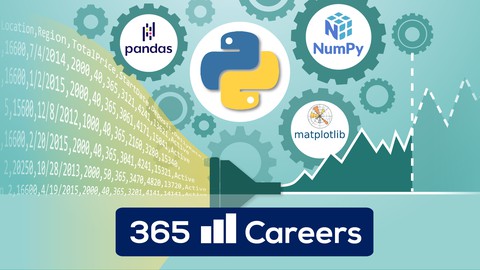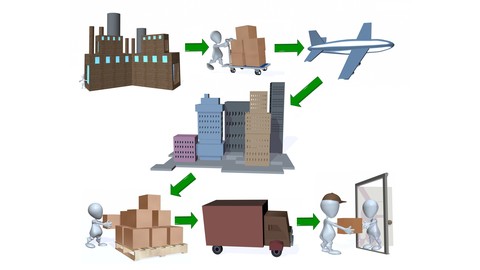SPSS Masterclass: Learn SPSS From Scratch to Advanced
Loại khoá học: Business Analytics & Intelligence
The Only Course You Will Ever Need to Learn IBM SPSS Statistics, Research, & Data Analysis Scratch to Advanced Level
Mô tả
Data is the new frontier of 21st century. According to a Harvard Business Report (2012) data science is going to be the hottest job of 21st century and data analysts have a very bright career ahead. This course aims to equip learners with ability of independently carrying out in-depth data analysis with professional confidence and accuracy. It will specifically help those looking to derive business insights, understand consumer behaviour, develop objective plans for new ventures, brand study, or write a scholarly articles in high impact journals and develop high quality thesis/project work.
A good knowledge of quantitative data analysis is a sine qua none for progress in academic and corporate world. Keeping this in mind this course has been designed in such way that students, researchers, teachers and corporate professionals who want to equip themselves with sound skills of data analysis and wish to progress with this skill can learn it in in-depth and interesting manner using IBM SPSS Statistics.
Lesson Outcomes
On completion of this course you will develop an ability to independently analyze and treat data, plan and carry out new research work based on your research interest. The course encompasses most of the major type of research techniques employed in academic and professional research in most comprehensive, in-depth and stepwise manner.
Pedagogy
The focus of current training program will be to help participants learn statistical skills through exploring SPSS and its different options. The focus will be to develop practical skills of analyzing data, developing an independent capacity to accurately decide what statistical tests will be appropriate with a particular kind of research objective. The program will also cover how to write the obtained output from SPSS in APA format.
Pre-requisite
A love for data analysis and statistics, research aptitude and motivation to do great research work.
Bạn sẽ học được gì
Yêu cầu
Nội dung khoá học
Viết Bình Luận
Khoá học liên quan

Đăng ký get khoá học Udemy - Unica - Gitiho giá chỉ 50k!
Get khoá học giá rẻ ngay trước khi bị fix.


















Đánh giá của học viên
Bình luận khách hàng